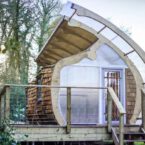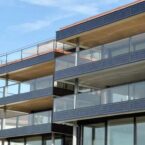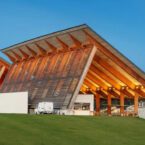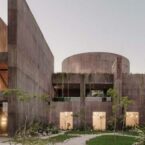
Perched majestically atop the cliffs of Bali, the Private Jet Villa stands as a testament to architectural ingenuity and repurposing creativity. Once a Boeing 737 aircraft soaring the Indonesian skies, this luxurious abode now offers a unique living experience suspended 150 meters above sea level. Crafted by the skilled hands of Geometrium Studio, the villa seamlessly marries the sleek lines of aviation with the tranquility of its natural surroundings. From the moment one steps through the fuselage door, they are greeted by an interior that exudes elegance and comfort. Every corner of the villa tells a story of meticulous design and thoughtful utilization of space, from the bedroom nestled within the cockpit, complete with a jacuzzi, to the terraces extending from the wings, offering breathtaking views of the Balinese landscape.

Converting an aircraft into a cliffside villa posed numerous challenges, but Geometrium Studio rose to the occasion with innovative solutions and meticulous attention to detail. With limited space and unconventional dimensions to contend with, the studio ingeniously integrated curved walls, natural wood accents, and light tones to create an ambiance of serenity and sophistication. Mirrors strategically placed throughout the villa create an illusion of spaciousness, while original windows flood the interior with natural light, blurring the lines between indoor comfort and outdoor splendor. A floating staircase gracefully connects the various sections of the villa, leading from the living room and dining area to the wings, where terraces beckon residents to immerse themselves in the beauty of Bali’s rugged coastline. As night falls and stars blanket the sky, the Private Jet Villa stands as a testament to the boundless possibilities of architectural reinvention and the enduring allure of luxury living.
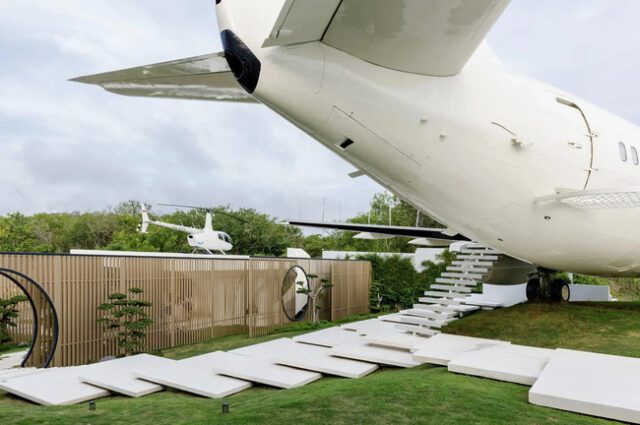

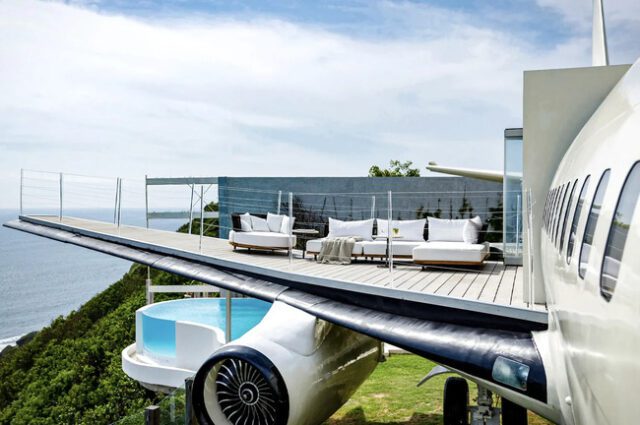
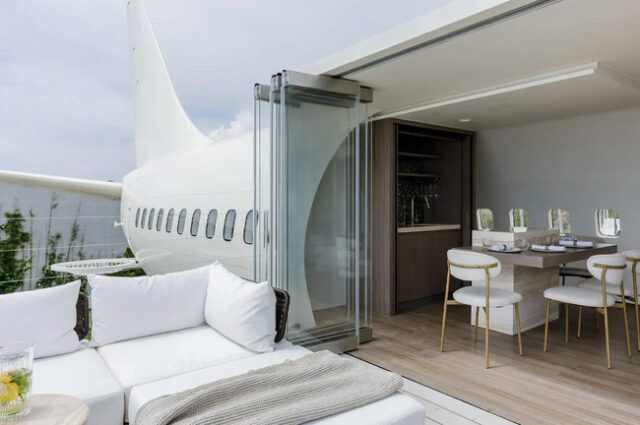
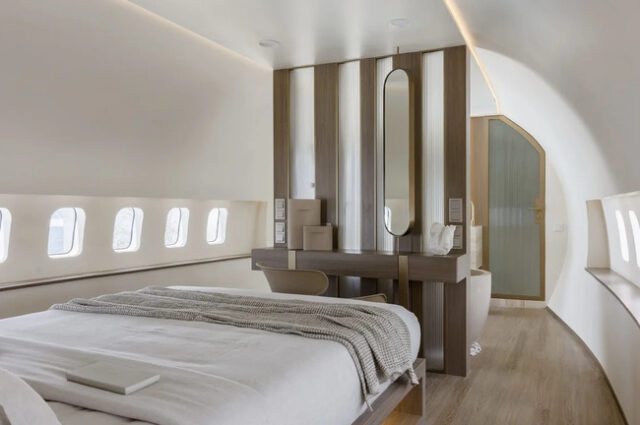
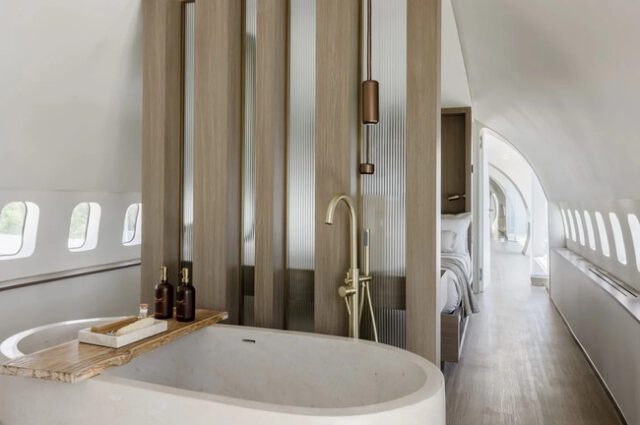
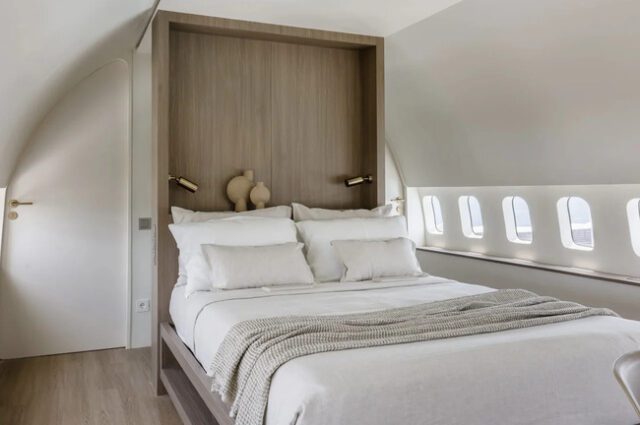
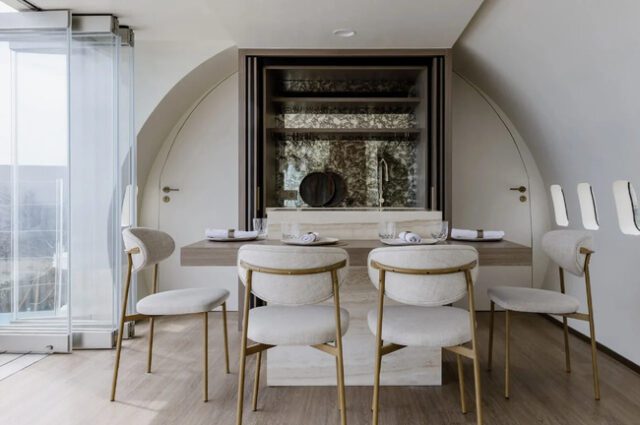
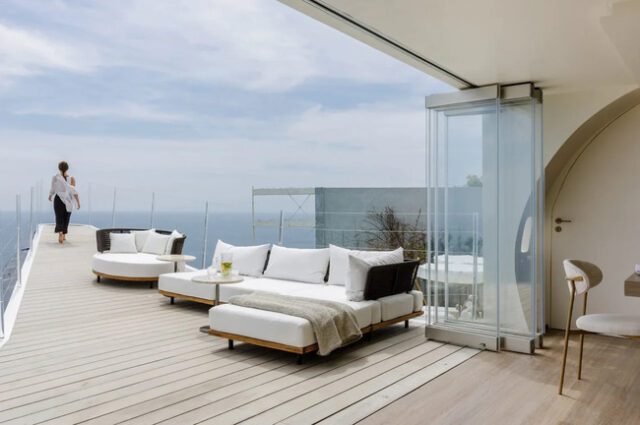
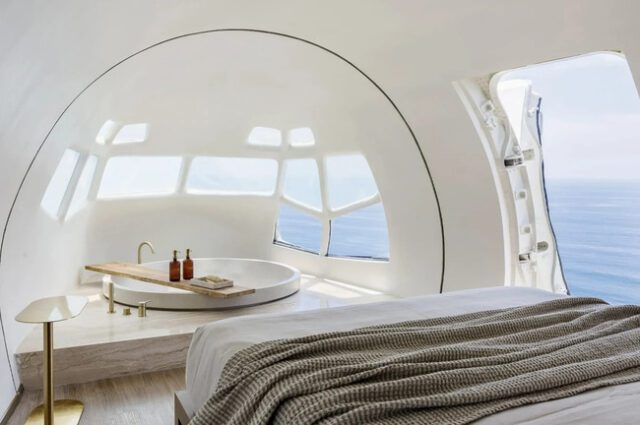
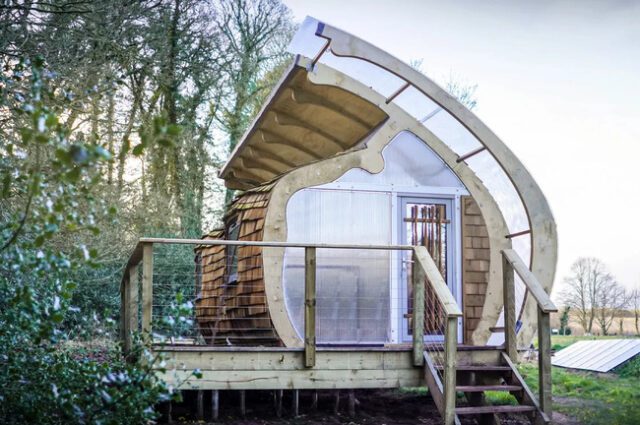
The Monocoque Cabin stands as a testament to the boundless creativity and ingenuity that can emerge from blending disparate inspirations. Drawing from the sleek monocoque structure of WWII aircraft, particularly the de Havilland Mosquito, British architect Peter Markos has fashioned a dwelling that transcends the conventional boundaries of tiny home design. This remarkable abode, born from Markos’ fascination with aerospace and automotive construction techniques, boasts a curving exterior reminiscent of its airborne muse, coupled with the resilience and efficiency of its monocoque design. Supported by the external skin akin to an eggshell, the Monocoque Cabin stands as a robust yet elegant retreat, harmoniously melding into its rural surroundings with a promise of longevity and grace as its timber materials weather over time.
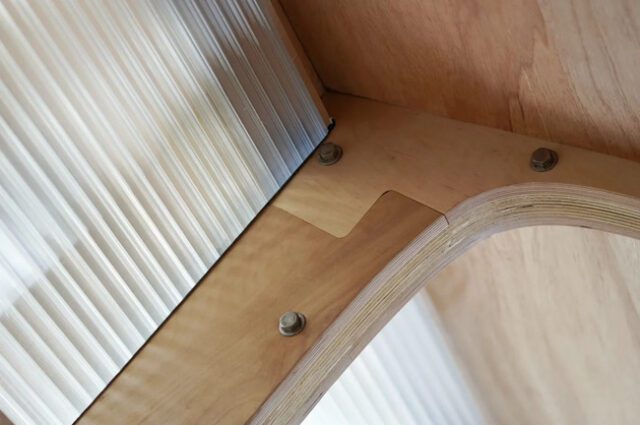
Beyond its striking exterior, the Monocoque Cabin offers a thoughtfully designed interior space that prioritizes both functionality and comfort within its compact dimensions. Stepping inside, one is greeted by a shared living room and kitchen area, adorned with simple yet tasteful furnishings that complement the home’s minimalist aesthetic. From the breakfast bar to the cozy sofa, every element has been carefully curated to maximize utility without sacrificing style. Seamlessly connected to this communal space lies a well-appointed bathroom and a spacious bedroom, offering all the essential comforts of modern living within the confines of its diminutive footprint. With its ability to run off-grid and the flexibility to be easily assembled and relocated, the Monocoque Cabin stands as a beacon of innovation, inviting us to rethink the possibilities of tiny home living in the modern age.
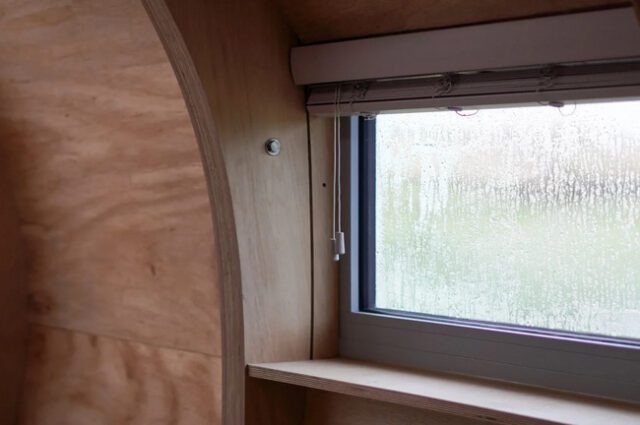
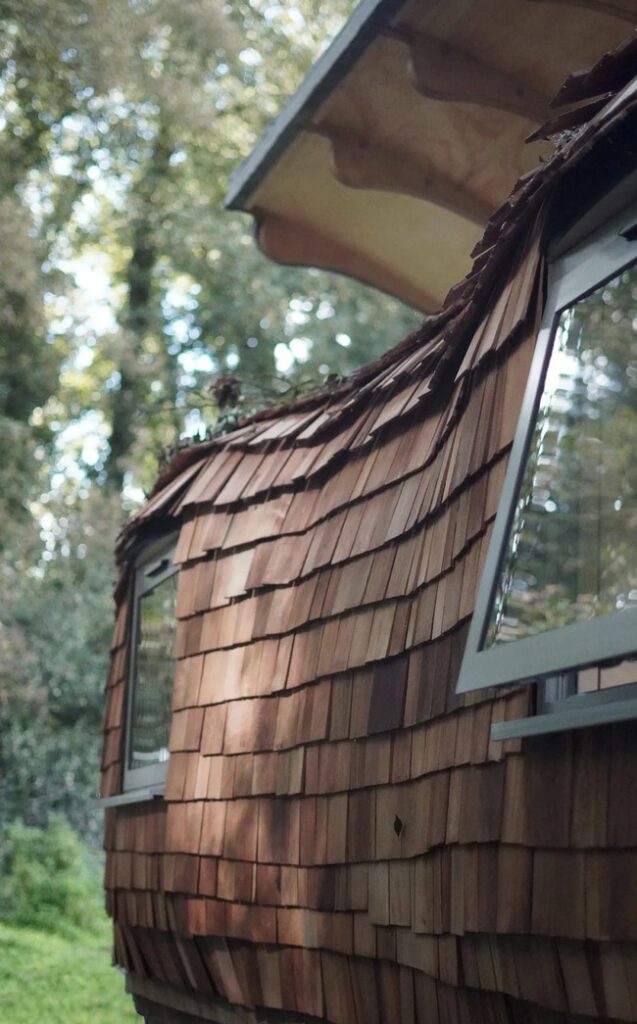
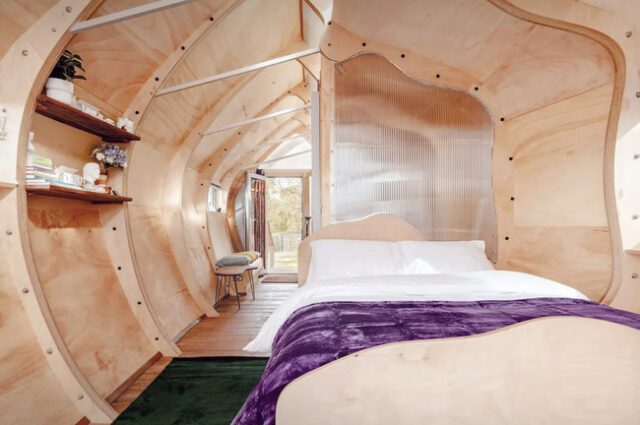
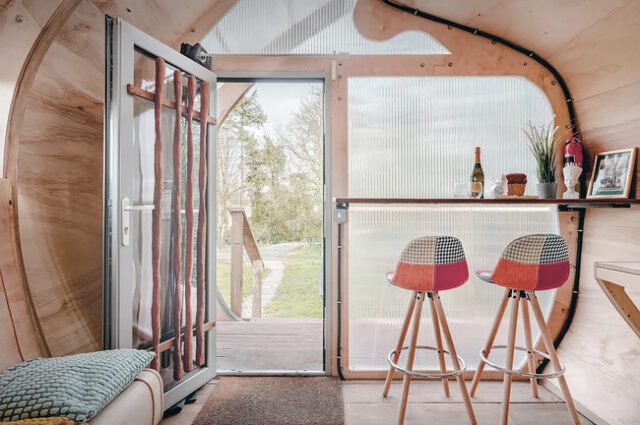
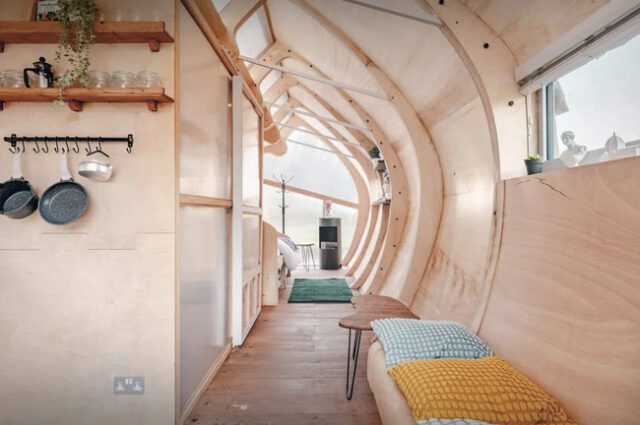

Jan Erik Waider’s stunning aerial photographs of Iceland’s glacier rivers offer a mesmerizing glimpse into the abstract beauty of nature’s artistry. Through his lens, Waider transforms the intricate patterns of Iceland’s braided river systems into captivating visual narratives. With a keen eye for composition and an adept use of drones and small planes, Waider captures the ethereal essence of these winding waterways. His series, Glacier River Blues, unveils the enigmatic allure of the rivers, initially resembling obscure markings on a canvas, yet revealing their origins and significance upon closer inspection. Waider’s exploration not only showcases the aesthetic marvel of Iceland’s rivers but also highlights their vital role in sustaining the ecosystem, as they carry essential nutrients from glaciers to the sea.
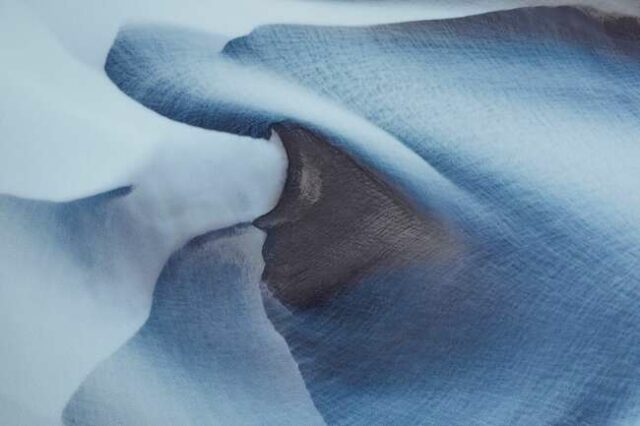
Behind the tranquil allure of Waider’s photographs lies a tale of dedication and perseverance. While his images exude serenity, Waider’s journey to capture them often entails rigorous planning and arduous expeditions. From scouring satellite imagery to navigating remote terrains and even piloting small planes, Waider’s commitment to his craft is evident in the breathtaking results. As he prepares to embark on a new adventure in Alaska, eager to uncover the glacial landscapes of the Last Frontier, Waider’s evocative imagery serves as an invitation to immerse oneself in the sublime beauty of nature’s grandeur. Follow his exploits on Instagram as he continues to unveil the world’s most captivating vistas, one mesmerizing photograph at a time.










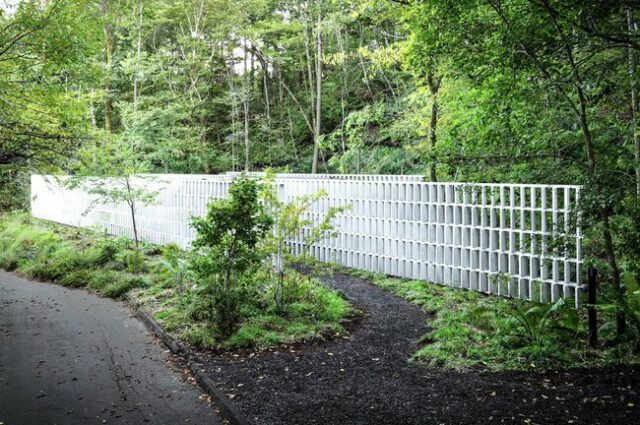
Nendo’s installation of a carbon-capturing wall within a contemporary Japanese home marks a significant stride towards sustainable architecture, addressing the pressing issue of carbon emissions associated with traditional concrete construction. Nestled in Japan’s Nagano Prefecture, the Block-Wall House exemplifies a fusion of innovation and eco-consciousness, boasting a sleek design that harmonizes with its natural surroundings. The strategic integration of glazing ensures both privacy and connectivity with the external environment, enhancing the occupants’ experience while minimizing energy consumption. At the heart of this architectural marvel lies the revolutionary CO2-SUICOM concrete, a collaborative creation by Kajima Corporation, Chugoku Electric Power Co, Denka, and Landes Co. This pioneering material not only upholds the structural integrity synonymous with concrete but also actively sequesters carbon dioxide, offering a beacon of hope in the fight against climate change.
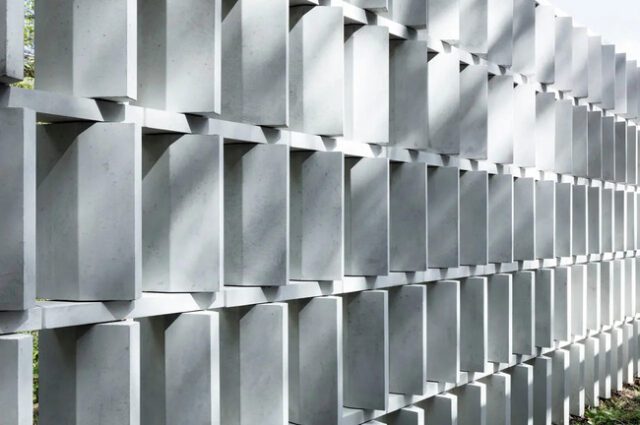
The transformative potential of CO2-SUICOM lies in its unique composition, where γ-C2S replaces over half of the traditional cement, catalyzing a novel hardening process through interaction with atmospheric CO2. This innovative approach not only mitigates carbon emissions during production but also facilitates the capture and permanent storage of CO2 within the concrete matrix. By leveraging existing carbon-heavy infrastructure such as thermal power plants, the deployment of carbon sequestration chambers further enhances the environmental impact of CO2-SUICOM, turning emissions into opportunities for sustainable construction. While initial costs may present a barrier, ongoing efforts to optimize production processes signal a promising trajectory toward affordability, ensuring that this eco-friendly concrete paves the way for a greener future in the realm of architecture and beyond.
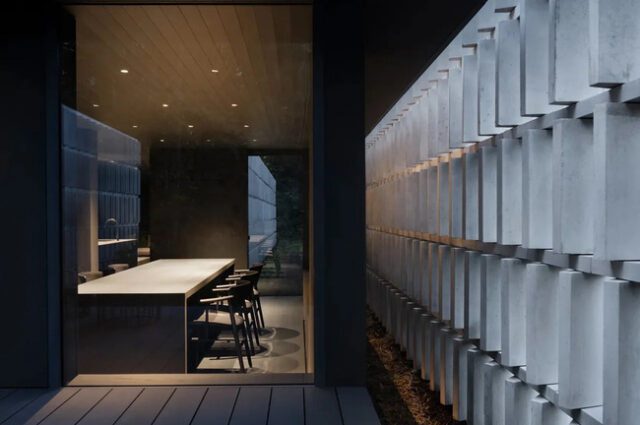
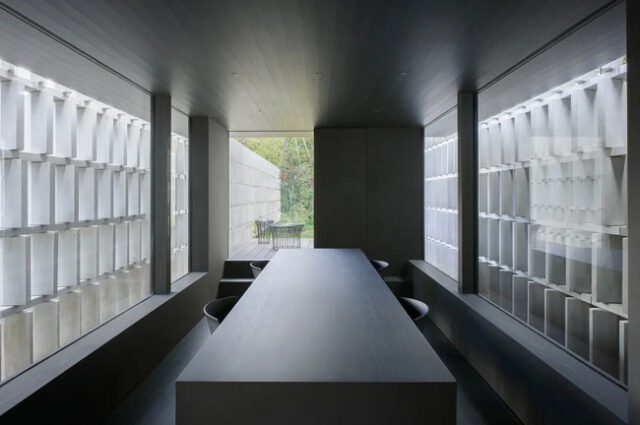

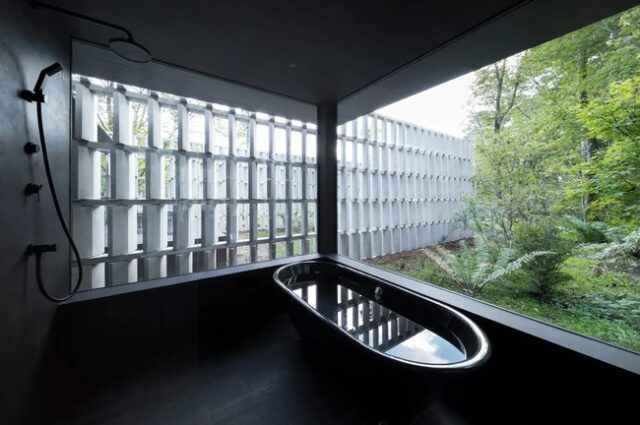

As solar energy continues to illuminate pathways toward sustainability, Germans are now embracing a new trend: solar balconies. With an impressive 400,000 households already harnessing the power of sunlight from their verandas and balconies, this innovation marks a significant milestone on the 70th anniversary of solar cells’ mainstream adoption. In the first quarter of 2024 alone, an additional 50,000 photovoltaic (PV) devices were seamlessly integrated into Central European homes. The appeal lies not only in their ease of installation—many opt for DIY setups—but also in their efficiency. Surprisingly, during the winter months, the shallow angle of the sun in the Northern Hemisphere often results in balcony panels outperforming their rooftop counterparts.
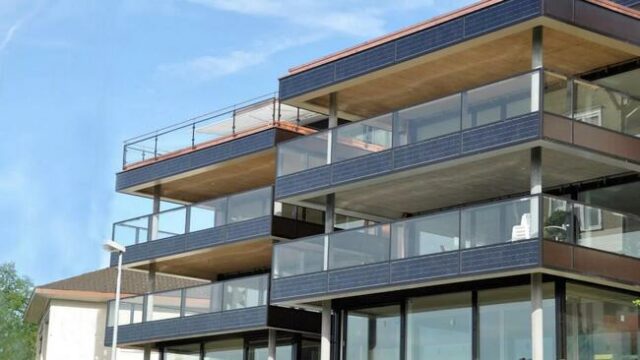
The rise of solar balconies represents more than just a technological shift; it reflects a cultural embrace of renewable energy in Germany. With the country leading Europe in solar power generation, the solar balcony trend exemplifies a broader movement toward energy empowerment. Beyond reducing electricity bills and contributing to environmental sustainability, these installations offer a sense of participation in the ongoing energy transition. While subsidies in some German states ease the financial burden, weighing in at over 50 pounds, installation demands utmost caution. Yet, as Europeans explore increasingly creative avenues for solar integration, from cemeteries to SUV roofs, the future of renewable energy appears ever more promising and versatile.

What’s secretive, pretends to be a stick, and is sometimes confused with a mythical creature? The answer lies in the enigmatic presence of the Australasian bittern, a bird that has stealthily reclaimed its habitat in Tasmania after a 40-year absence. This remarkable return marks a triumph over the ecological damage wrought by damming projects in the mid-20th century, which disrupted the delicate balance of the Lagoon of Islands. Once drowned by rising water levels and submerged islands, the wetland ecosystem now teems with life, echoing with the haunting calls of the bittern, a species that has long been shrouded in mystery.

With a haunting cry reminiscent of the mythical Bunyip, a creature of Aboriginal legend, the Australasian bittern embodies a certain mystique. Though not a mythical beast itself, this elusive bird employs cunning camouflage, resembling a cluster of reeds as it stands motionless, blending seamlessly into its surroundings. The return of the bittern to Tasmania signifies more than just the resurgence of a single species; it heralds the restoration of an entire ecosystem. As birders and scientists alike celebrate this milestone, the Lagoon of Islands stands as a testament to the resilience of nature and the power of restoration efforts to heal the scars of human intervention.
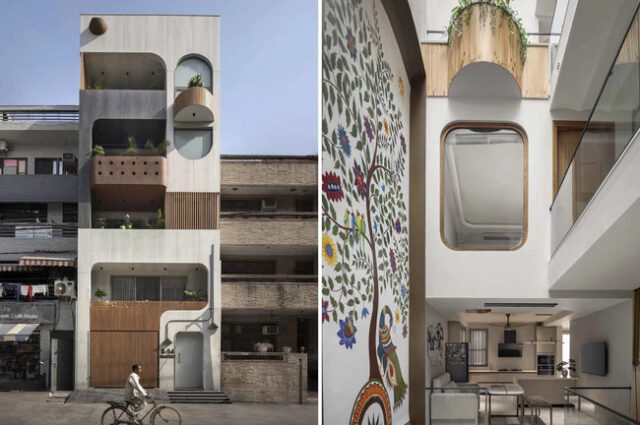
Nestled amidst the bustling streets of New Delhi, the skinny home designed by Spaces Architects@KA stands tall and proud, boasting a vibrant and captivating mural that breathes life into its narrow confines. Spanning across multiple floors, the mural, with its vivid depiction of a flourishing tree adorned with leaves, flowers, and birds, serves as the beating heart of the residence, infusing each space with a sense of joy and wonder. As natural light gracefully cascades through the skylight, illuminating the artwork with a celestial glow, the home takes on an ethereal ambiance, transcending the ordinary into the extraordinary. Continue reading “This Skinny Home in New Delhi Is Brought to Life by a Colorful Mural Spanning Multiple Floors” »
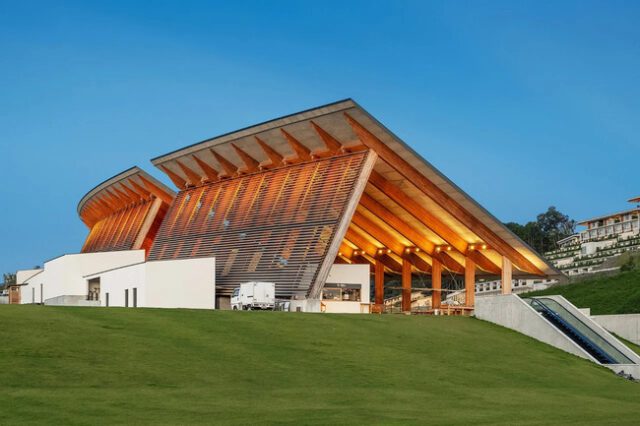
Nestled in the picturesque town of Taki within Japan’s serene Mie prefecture, the Marche Vision Market stands as a testament to architectural ingenuity and cultural reverence. Designed by the visionary architect Tomoya Akasaka, this market transcends the conventional notions of bustling, chaotic marketplaces. Instead, it welcomes visitors with its expansive roofs, reminiscent of the graceful arcs of A-frame structures. Drawing inspiration from the vital elements of the water cycle, these roofs symbolize the symbiotic relationship between nature’s blessings and the cultivation of bountiful produce. Mirroring the iconic torii gates of the Akone Yashiro Shrine at the revered Ise Grand Shrine, the market’s supporting structures evoke prayers for abundance and prosperity, weaving a narrative of connection between tradition and innovation. Continue reading “This Open-Air Market in Japan Features Expansive Roofs and an A-Frame Inspired Design” »

Nestled within the serene landscapes of Alpine, California, Lions, Tigers, and Bears Animal Sanctuary stands as a testament to compassion and dedication in the face of adversity. Among its majestic residents are Jem and Zoe, two Bengal tigers whose journey from the clutches of captivity to the embrace of freedom symbolizes hope and resilience. Enduring three arduous years of rehabilitation, these once emaciated creatures have undergone a remarkable transformation, shedding the vestiges of trauma to revel in their innate wildness once more. Lions, Tigers, and Bears spared no effort in nurturing Jem and Zoe back to health, offering them not just sustenance, but a sanctuary where they could rediscover the vitality stolen from them by years of neglect and abuse.

Their tale intertwines with the sensational saga of ‘Tiger King,’ a gripping narrative that exposed the grim realities of the exotic animal trade. Amidst the chaos and controversy surrounding Joe Exotic’s menagerie, Jem and Zoe stood as silent witnesses to human folly and resilience. Now, nestled within the tranquil confines of their forever home at Lions, Tigers, and Bears, they serve as ambassadors for change, embodying the unwavering commitment to protect and preserve Earth’s most magnificent creatures. As visitors flock to witness their newfound freedom, Jem and Zoe’s story serves as a poignant reminder of the transformative power of compassion and the enduring spirit of survival.





















































